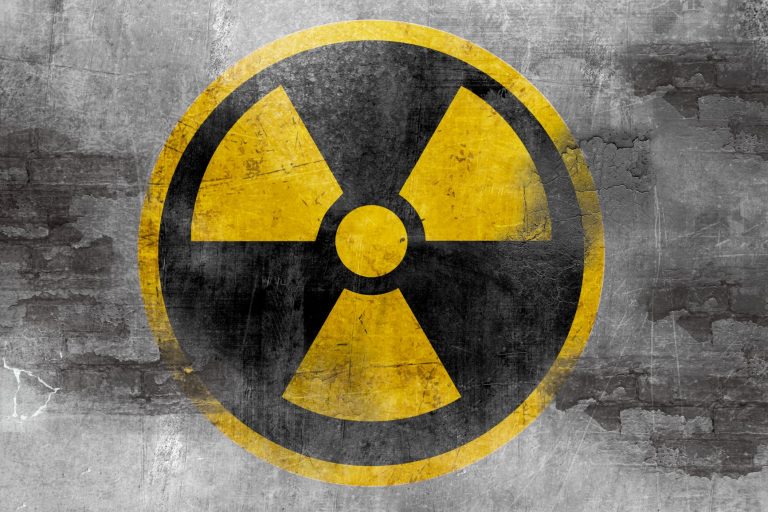Hot stuff
Cables in radioactive environments
Nils Jäger | 4. August 2021
Our cables can be used in a wide range of applications. The requirements and environmental conditions could not be more varied. Indoors and outdoors, warm and cold environments,, cleanroom, and oily air. But how do cables behave in radioactive environments?

What is radiation?
Radiation is the propagation of particles or waves of whatever kind. It is subdivided into alpha, beta, and gamma radiation. The radiation dose is the energy absorbed by the radiated body over the radiation period. It is used to determine the dose rate, which is expressed in Sv (sieverts), Gy (grays), or the older Rd (rad). The higher the dose, the greater the effect.
Cables in radioactive environments
Those who work in a radioactive environment are especially concerned with ensuring that the products they use function for a previously specified period without having to be replaced. Unexpected servicing means exposing personnel to the radioactive environment and thus to a great health risk. It is important to avoid this as much as possible.
In 2020, a Chinese customer asked us about cables that could be used in chains exposed to 106 Gy. Since cables with PUR outer jackets are best suited to radiation exposure, we provided the customer various cable samples for testing. Before and after the test, which the customer performed himself, tensile stress tests were performed.
The material changes were clearly recorded and evaluated. During this test, we assessed cables with a variety of core insulation materials. The results were varied. Our CF270.UL.D core insulation performed best. We quickly realized that we would develop customer-specific cables based on the test results. This was the only way to optimise service life. Good collaboration and close customer contact ultimately led to the first of many orders.

What happens to the materials?
Radiation interrupts the molecular chains in the plastic. The material hardens, the jacket becomes porous, and there is jacket damage. This means not only that the cable is defective, but that the machine comes to a halt. The longer the molecular chain, the better it can stand up to radiation.
What materials should be used for cables in radioactive environments?
Materials with long molecular chain structures are advantageous in radioactive environments. PVC has a short molecular chain structure, while PUR has a long one.
We can compare the process with sun shining on skin:
The darker the skin is to begin with, the longer it can remain in the sun without protection. The lighter the skin, the faster it burns, and the worse the burn.

It is the same with jacket and insulation materials in cables. Some are more resistant to radiation than others. Among the jacket materials we use, PVC has the worst resistance (10 Mrad) and PUR the best (100 Mrad). TPE (15 Mrad) is only slightly better than PVC and thus is also not recommended.
Conclusion
For cable use in radioactive environments, the dose rate and duration are always decisive. Our outer jacket made of PUR is best at resisting radiation. But we can’t provide a precise service life prediction.
We would be happy to help with any questions you may have on this topic.
